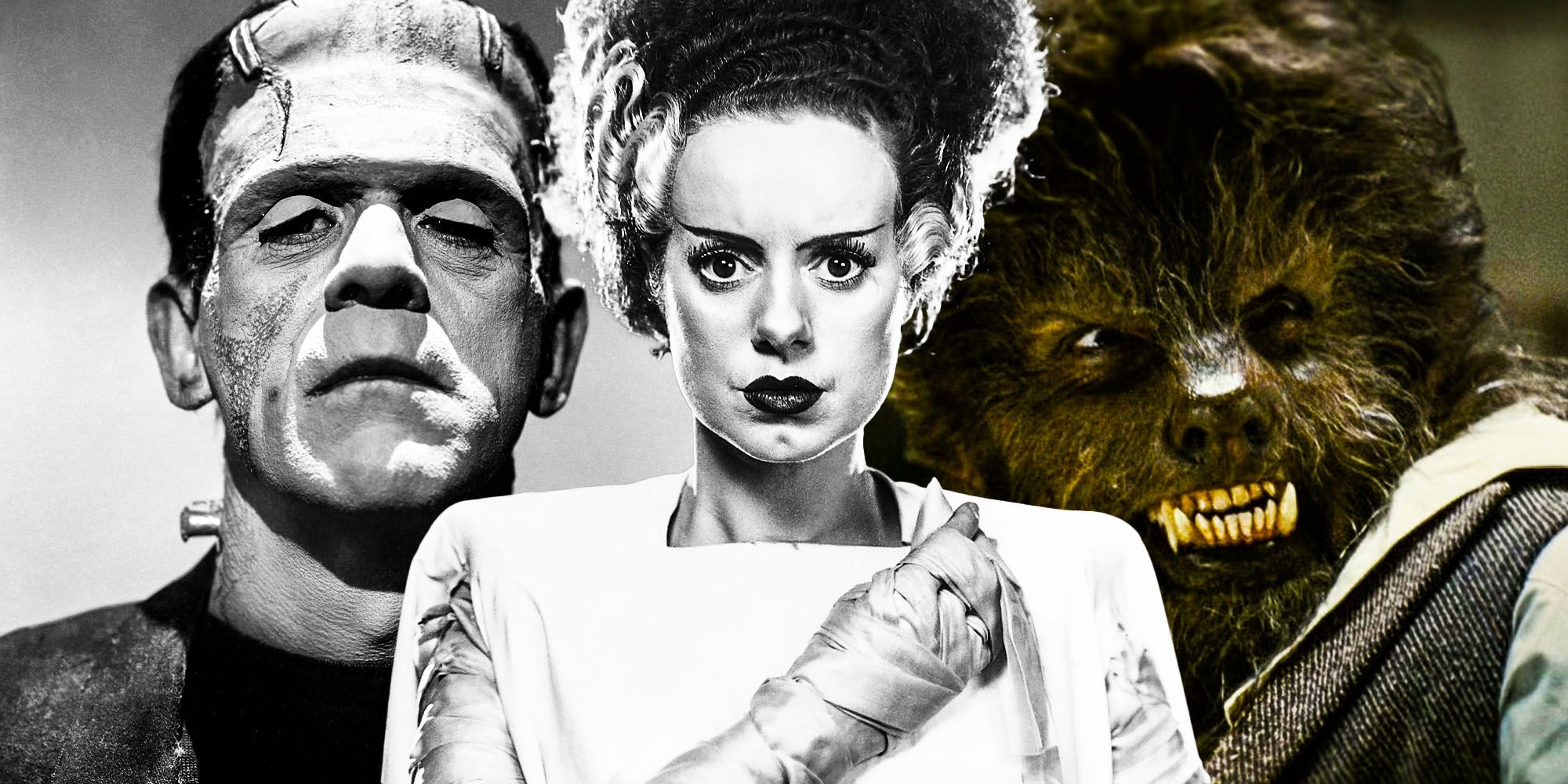
For fun, let’s kick off the upcoming Halloween season with a study of classic monsters. To be clear, I’m talking monster as in fictional monsters. All kinds of real monsters exist. And some of the most horrifying monsters are the human kind. I am not referring to those types, but to the type born from the imagination. Nor am I referring to the blood and guts, slasher types of horror monsters. They have their place but not here.
In upcoming blog posts, we will attempt to formulate a methodology for creating a classic monster.
Monster Reboot
The most memorable monsters are on a loop and are continually being resurrected on the big screen, like the attempt of Universal to reboot such classic movie monsters as Dracula, The Mummy, Wolf Man, and Frankenstein.
Yet, I work with writers everyday with incredible writing skills as well as mind-blowing imaginations. I think it’s time for some new monsters. I’m not saying to forget the classics. They are irreplaceable. But I would like to see some fresh material with the same timeless qualities as Frankenstein, Dracula, Wolfman, and The Mummy.
How Do We Create a New Monster?
Let’s play Dr. Frankenstein and create a New Monster. First, three questions must be answered.
1. What makes a monster classic?
2. Is it possible to create a monster today that will survive reanimation over the ages?
3. Do we have any modern-day monsters that you think will survive centuries like the Big Four classics have done?
Guidelines for Our Monster Search
For our Probe into monsters, I’ve listed a couple of guidelines.
- Creating a monster does not include aliens, zombies, dinosaurs, or dragons. (We will explore some of these in later blogs.)
- Must be a monster born of the imagination.
- Our creation would likely be found in literature, a legend, a myth, a horror fiction or film, or a fantasy.
To aid in the collection of research, we will analyze the Big Four classic monsters in separate blogs.
Frankenstein Is Up First
Brief plot line, because we all know the story. Right?
Scientist Victor Frankenstein, in his desire to impart life to dead things, creates a monster from pieces of cadavers. Instead of the beautiful creation he dreamed, the vision is horrid. He rejects it, and the creature vanishes. In the monster’s attempt to be accepted—to have a life—it burns, kills, and/or threatens his creator and anyone who crosses his path.
Frankenstein Background
Born from the intellectual genius of eighteen-year-old Mary Shelly, an English author, Frankenstein (or The Modern Prometheus) survives even today though he is almost 200 years old. The monster was the result of a competition between Mary Shelly, her husband Percy Shelly, and one of Britain’s greatest poets, Lord Byron. Also, involved in the competition was John Polidori, English writer, physician, and author of The Vampyre.
Shelly thought for days before imagining a scientist who created life and who was horrified by what he’d made. Frankenstein is regarded by some as the first true Science Fiction story.
The Competition
Who could write the best horror story?
Mary won and published Frankenstein anonymously in 1818. The second edition displayed her name and was published in 1821 in Paris. Though initial critical reception was not positive, it became an immediate popular success.
Things haven’t changed much. Just look at the Oscars or the New York Bestseller list. Has a monster ever been nominated for an Oscar or included in the NYBL? Though monsters intrigue the masses, rarely do they get the recognition they deserve.
Frankenstein is often called the monster with no name, or The Thing Without A Name (Stephen King, 1981, Danse Macbre). He is called this because the fictional character, Victor Frankenstein, rejects his monster and in doing so does not name him, but instead refers to him as abhorred devil, vile insect, fiend. Victor played God and his creation was so repulsive to him he couldn’t name it.
Most Important
- He must be created from the imagination of a writer and/or storyteller.
- The monster should be so depraved—in actions or appearance or both—that society and even his maker reject him and try to destroy him. This gives the monster something with which we as humans can empathize.
- His detestability is derived from something unnatural like the dead coming back to life, the undead, or being composed of the parts of numerous dead people.
ProbeNote
ProbeNote #1: In the first known screen version of Frankenstein, actor Charles Stanton Ogle played the monster. The film lasted ten minutes and was produced by Edison Company. Thought to be a lost film, it was rediscovered in 1970.
ProbeNote #2: The Vulcan salute: Live Long and Prosper sounds hauntingly similar to the ending of Mary Shelley’s introduction in her 1831 version of Frankenstein.“And now, once again, I bid my hideous progeny go forth and prosper.”
(Live Long and Prosper, Leonard Nimoy. You are missed.)
ProbeNote #3: Entwined with Gothic Horror and the Romantic movement, Frankenstein is considered to be one of the earliest examples of science fiction. The eery thing about science fiction is its uncanny ability to predict the future. Today, we have organ transplants and organ donation that often result in extended life for our loved ones. A far cry from Frankenstein, you say. Perhaps, but…I’m sure Mary Shelley never dreamed of the possibilities her tale of Gothic horror might render.
What are your thoughts on the creation of a monster? What does it take to be a classic monster? I’d love to hear them.
I will be analyzing the Big Four, plus maybe The Creeper from the movie Jeepers Creepers. To me Creeper is our most recent classic monster to hit the screen. Do you have any suggestions or additions?
Scholars, psychologists, and scientists don’t agree on why there are those of us who enjoy monster movies. I enjoy them because they allow me to escape from real life and its very real threats. Why do you like them?
- Urban Legend in the Making - April 22, 2024
- Coghlan’s Traveling Coffin Urban Legend - April 4, 2024
- Richmond Vampire Urban Legend - March 7, 2024
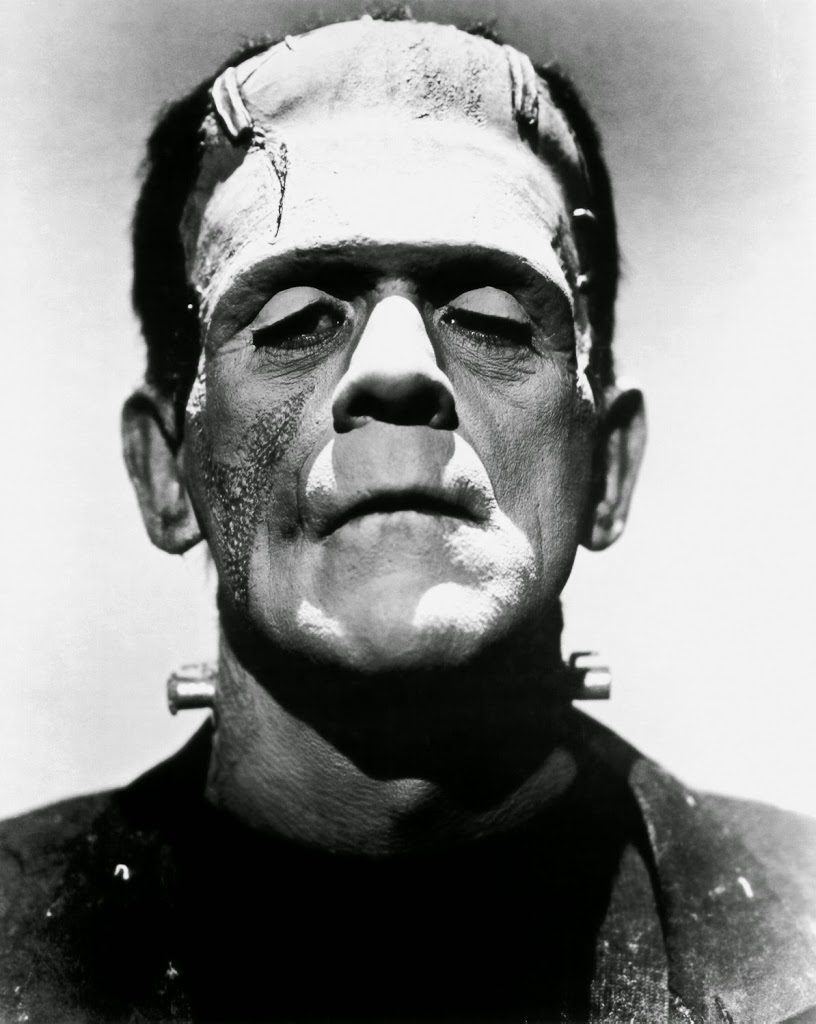
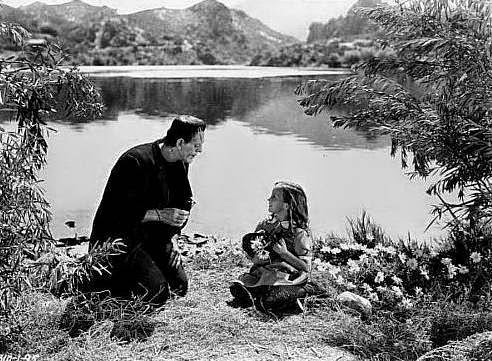

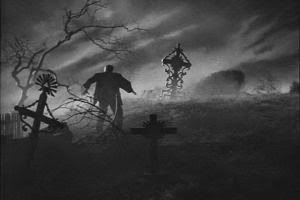
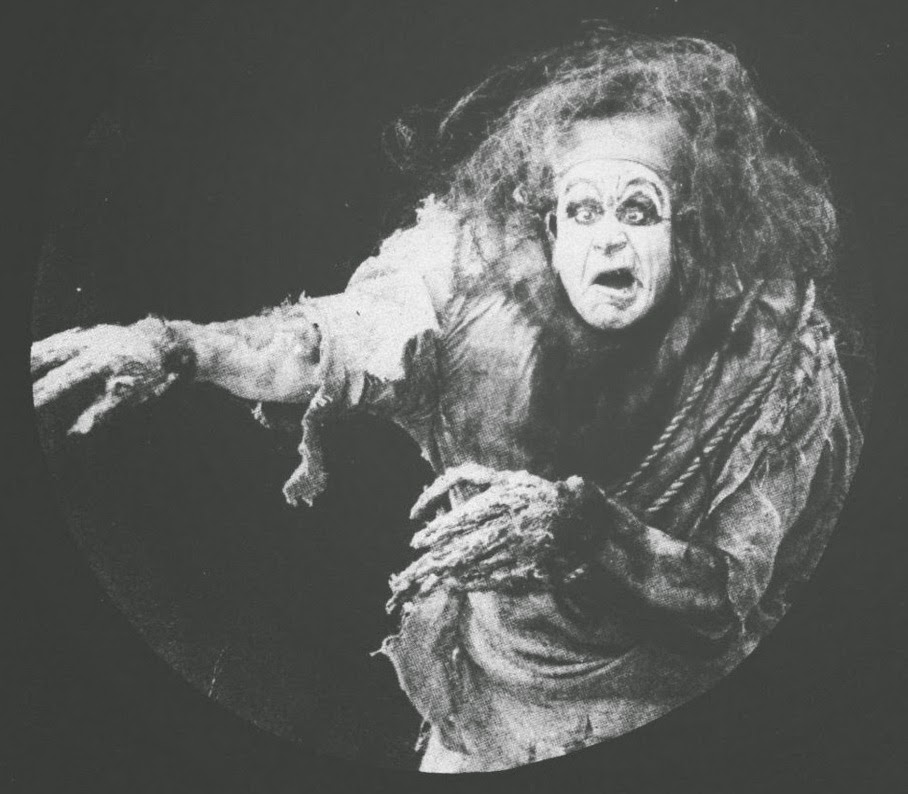

8 replies on “Frankenstein: Creating Monsters.”
I think a classic monster should be born from societal fears. Suppression and oppression of the turn of the century..technology and nuclear fears of the mid century.. and the government or global fears of technology now..even aliens (fear of space/ other cultures/ technology). A classic monster should tie itself to the era in which it is born, but also tackle a subject that is universal and timeless.
Thank you, Orloff! Wow such insight. You bring up excellent points. I will definitely add this to our list.
I have been thinking about your comment Orloff. And I wonder if our monsters should be thematic of our societal fears. I mean I watch a good scary movie to escape reality. I think, as I watch: “At least my day is not as bad as his or theirs.”
Maybe the monster needs to be so badass and create such havoc that our world doesn’t look so bad.
We have plenty of real monsters—serial killers, terrorists, rapists. I need an imaginary monster that takes me away from all that.
What do you think?
Also, our Big 4 classic monsters all come from basically the same era. What classic monsters do we have today that compare?
Clara,
I think perhaps we have started a side dialogue on fear. Does fear create a monster? … and where does fear come from? – this is a larger discussion that I think neither of us (perhaps I should only speak for myself) want to get involved in. However, simply put, I purpose that monsters are exaggerated, fantastical (and amazing) manifestations of everyday societal fears.
You and I are on the same page regarding imaginary vs real monsters. But do we prefer the imaginary monsters because they are actually less scary?
Regarding monsters today, you pose a great question. Perhaps not a contemporary monster, but certainly more modern than the Big 4: Godzilla (and similar monsters drawn from the nuclear fallout of the 50s on). Not the best example.. but worth a second thought.
Keep up the great blog! Im loving all the monster talk.
Pleasantly scared,
Orloff
p.s. Is Frankenstein the monster or the monster’s creator?
Hi Orloff! I love. LOVE. Love your comments.
I was told numerous times by the Sci-Fi community that Frankenstein is the monster. And the creature is his creation and thus should be called Frankenstein’s Monster. I think, however, since the monster is Victor’s offspring, so to speak, we are safe in calling him Frankenstein, since children take their father’s name. The other part of your question can be answered in a similar way.
Both are monsters. Victor because he created him. And the monster— who took after his father—because he becomes destructive.
Since my original BIG Four, I have picked up several other suggestions to be included in our monster search like: The Creature from the Black Lagoon, The Fly, The Thing…
Godzilla? Definitely needs to be considered. Not that all dinosaurs are monsters, but ones contaminated by nuclear fallout could definitely rank in the monster category.
What would keep Godzilla from being included?
love? But I have to say that I’m not completely sold on that being a requirement.
I would say that maybe love is the “struggle” that fuels some monsters..
Perhaps the “struggle” is the requirement.
Orloff you asked: Does fear create a monster?
But shhhhshsh. ( I will be discussing this soon.) Excellent point.
There is always some kind of love going on in Godzilla. So I think the one guideline that Godzilla is missing is the fact that he is not based in literature but is purely cinematic.
So do you think I need to re-examine my first guideline, that a monster must be the creation of a writer?
I don’t think you need to re-examine your 1st guideline – though godzilla is a cinematic figure he was still born from a written character. Just not from literature. Up to you if you want o keep it strictly monsters derived from literature and adapted for the screen.